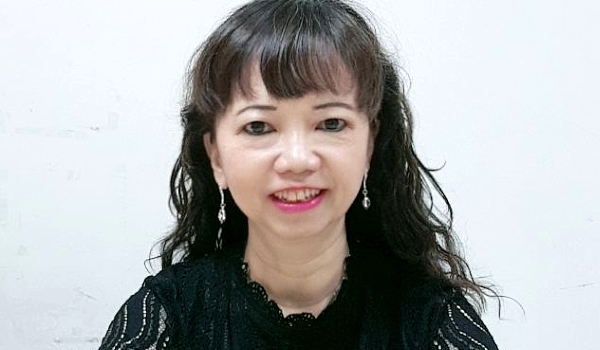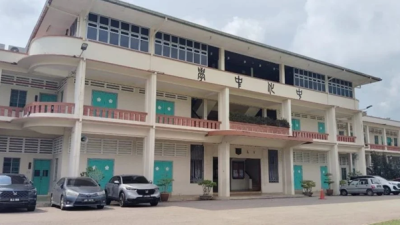
By Professor Dr Moy Foong Ming
The National COVID-19 Immunization Program (PICK) was initially divided into three phases with Phase I for the health care workers and frontliners, Phase 2 for the high risk groups (older persons and those with comorbidities) and Phase 3 for all the adults aged 18 years and above who are not included in Phase 1 and 2.
With COVID-19 getting more widely spread and workplaces remained the main clusters, the government decided that workers in the essential economy sectors to be grouped under Phase 4 and vaccination to be provided to them earlier.
Now there is another group (Phase 5), children and teenagers from the age of 12 to 17 years are eligible for vaccination when research findings demonstrated that it is safe to vaccinate them.
Including these children will enable a coverage of 80% as adults aged 18 years and above only contribute to 70% of the national population.
As of June 8, only 20 per cent of 9.4 million high-risk individuals in Phase 2 have received at least one vaccine dose, with only 38 per cent of older persons who registered have been vaccinated so far. On the other hand, the government has also started the Phase Four vaccination program for economic frontliners on June 16.
Then, it was also announced that students sitting for exams (SPM/STPM) are to be given vaccination starting July, with the reason that they have to return to schools for exam.
All the above mentioned groups are justified to be vaccinated. However, the priority or timing of vaccine administration should be risks based.
Those in the high-risk groups should still be prioritized in the national immunization program and the coverage in this group should be as high as possible. This is to protect them from being infected and to avoid them having serious symptoms and increasing the rates of hospitalization or death.
If teachers are fully immunized and all other adults (under Phase 3) are covered, the risks of infection among students will be greatly reduced.
In general, children without pre-existing medical conditions present milder symptoms but the only concern is that they may spread the virus to high risks groups.
By starting to immunize students sitting for exams as early as July will reduce or divert the resources in getting the high risks groups and economic frontliners immunized.
If students from schools sitting for exam need to be given the priority, why only among the students taking national exam (SPM/STPM)? What about those sitting for O level or A level exams?
What about the university students getting trained in the field of medicine, dentistry, nursing etc? Are they not in higher risks of getting infected? They get training in the hospitals and clinics where they have direct contact with COVID-19 patients. They may also be the source of infection to patients that they come in contact with.
The Ministry of Higher Education has agreed to provide vaccination to the medical students earlier, but up to date, none of them from the private medical schools/departments are given any appointments.
While the government is providing daily reports on total registrations and vaccine doses administered by state, data on the percentages of the older persons and high-risk groups being vaccinated should also be reported. Decisions in starting vaccination in other groups should be based on the coverage of the high-risk groups.
If the vulnerable group is found to be lagging in the vaccination rates, more efforts should be taken in getting them inoculated.
The prioritization of COVID-19 vaccination should be risk based.
(Professor Dr Moy Foong Ming, Department of Social & Preventive Medicine, Faculty of Medicine, Universiti Malaya.)
ADVERTISEMENT
ADVERTISEMENT


































